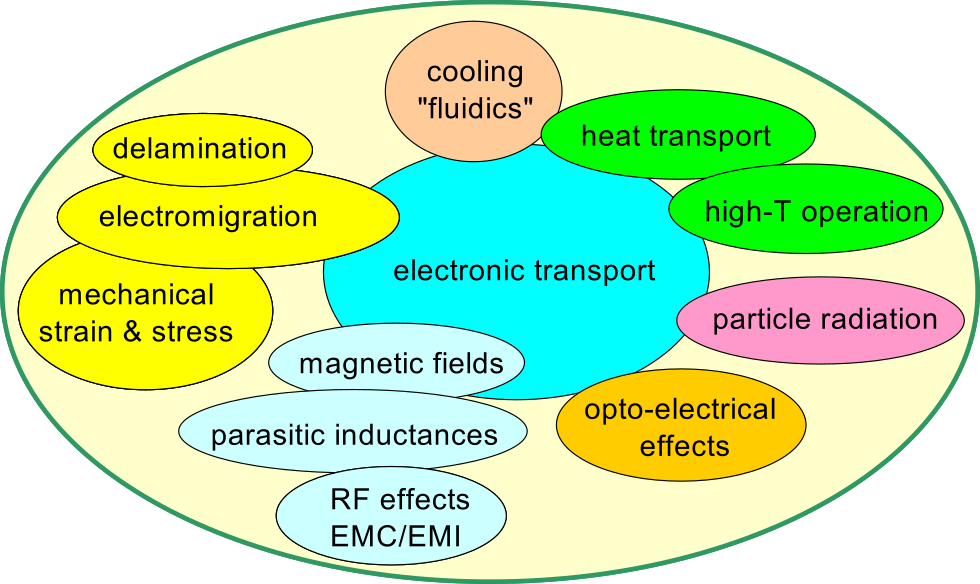AMaSiS 2018 Workshop: Abstracts
Predictive “multiphysics” simulation of -structured devices at the rim of the safe-operating area and beyond
Gerhard Wachutka
Technical University of Munich, Chair for Physics of Electrotechnology
The development of microstructured high-performance semiconductor devices employed as sensors and actuators in microsystems (MEMS) or as high power devices and modules in electrical energy technology is increasingly supported by predictive computer simulations on the basis of well-calibrated physical device models. Today’s challenge is to make virtual experiments and tests on the computer, which are qualitatively reliable and quantitatively accurate even for device structures and system designs that have never been built before, and under operational conditions that very rarely occur as long as the device is kept within the “safe operating area (SOA)”. What we are interested in is to explore the rim of the SOA and even to go beyond it in order to study failure and, eventually, destruction mechanisms with a view to improving robustness and reliability of the devices and systems built of them with respect to a customer-defined “mission profile”. In particular in the field of high power electronics, predictive high-fidelity computer simulations of “virtual failure” and “virtual destruction” are of utmost importance (see figure below).
We will illustrate today’s state of the art with reference to selected real-life examples encountered in
industrial appliances.

Keywords: Virtual prototyping of semiconductor devices, physical device modeling and predictive simulation of MEMS and power devices
References
- 1 G. Wachutka, An Extended Thermodynamic Model for the Simultaneous Simulation of the Thermal and Electrical Behaviour of Semiconductor Devices, in: J.J.H. Miller (ed.), Proceedings of the 6 Int. Conference on the Numerical Analysis of Semiconductor Devices and Integrated Circuits (NASE-CODE VI), Dublin, Ireland, July 11–14, 1989, 409–414.
- 2 G. Schrag and G. Wachutka, SystemâLevel Modeling of MEMS Using Generalized Kirchhoffian Networks â Basic Principles, in: T. Bechtold, G. Schrag, and Lihong Feng (eds.), System-level Modeling of MEMS, chapter 2, in: Advanced Micro- and Nanosystems (series), 10, Wiley-VCH, Weinheim, 2013.